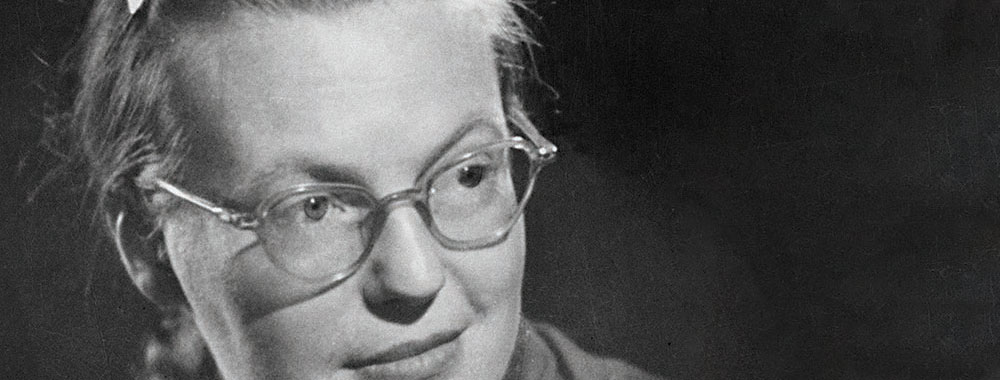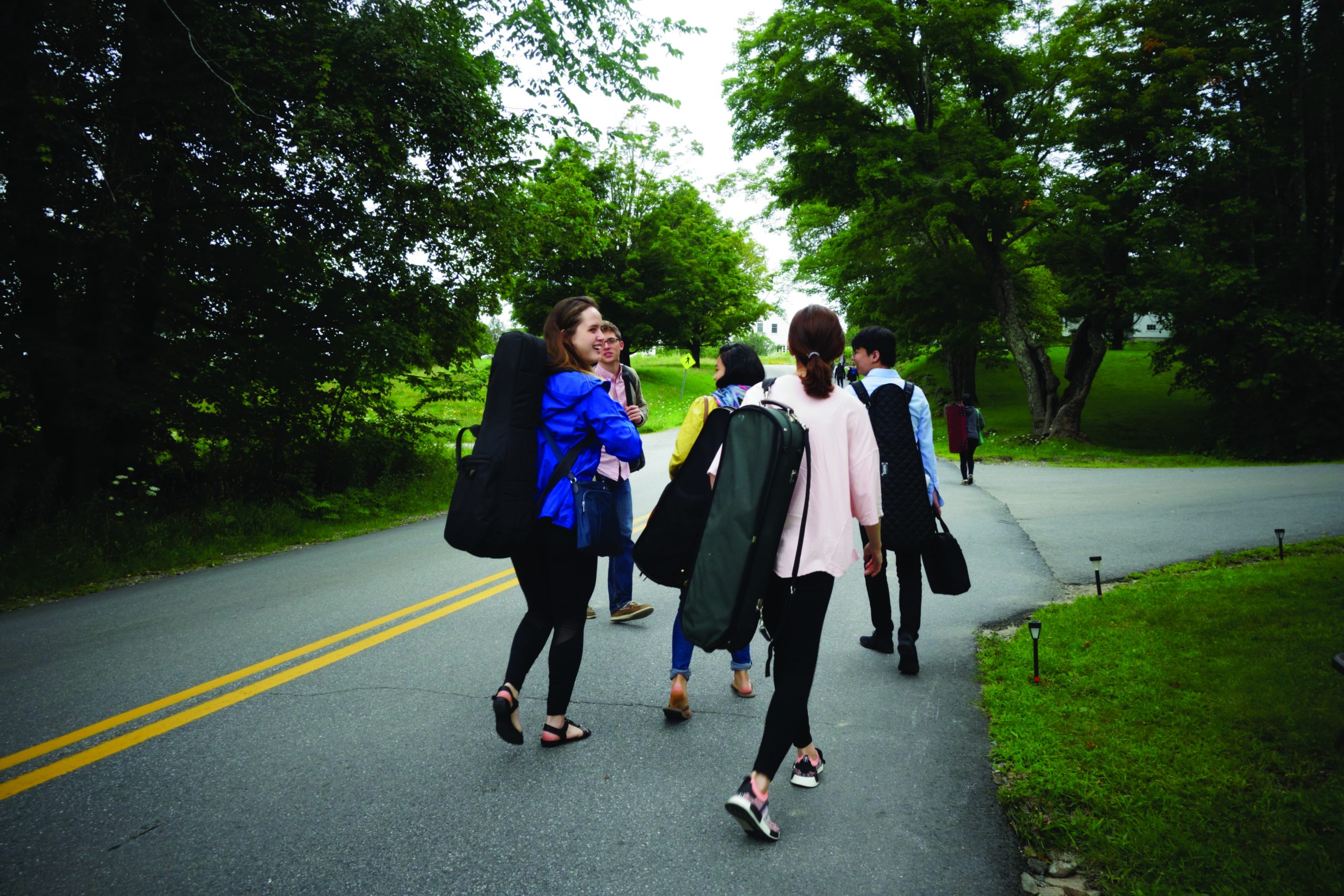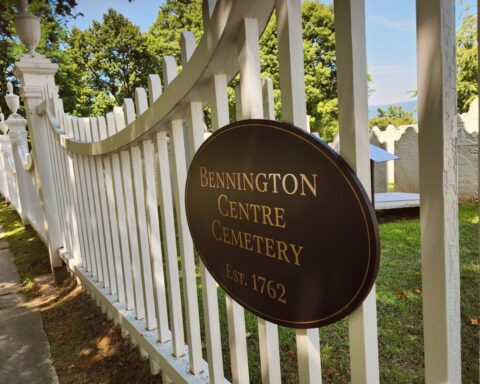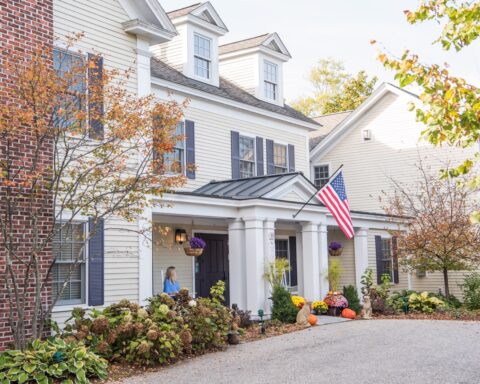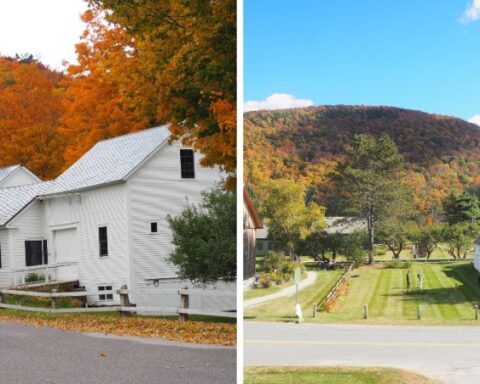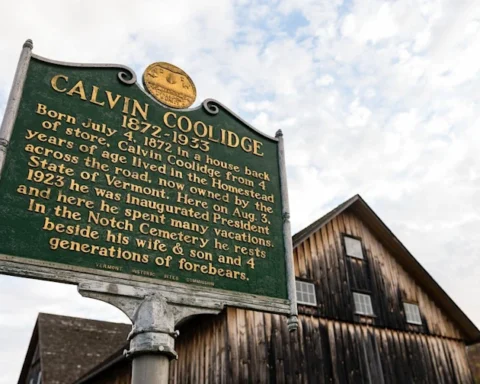UpCountry is full of women who have made history. In honor of Women’s History Month, we’ve highlighted nine noteworthy women who have, at one time or another, called our area home.
Elizabeth Freeman (Mum Bett)
Freedom fighter

Painting by Susan Anne Ridley Sedgwick [Public domain] via Wikimedia Commons
In 1781, a Great Barrington, Mass., jury ruled in favor of a slave who sued for her freedom from her master, Col. John Ashley, of Sheffield.
Born into slavery, Mum Bett, who would later take the name Elizabeth Freeman, ran away from her master of 30 years after being burnt by a hot fire iron. Believing the newly ratified Massachusetts Constitution guaranteed her freedom, Mum Bett enlisted the aid of a young lawyer, Theodore Sedgwick.
After winning her case, Freeman stayed on at the Sedgwick household. She served as the family housekeeper until the time of her death and is buried in the family plot in Stockbridge.
Susan B. Anthony
Suffragist /activist

Photo: Library of Congress
One of the most recognized leaders of the women’s suffrage movement was born in a rural, Federal-style home in Adams, Mass., and lived there until she was 6. Today, you can visit her family’s homestead, now the Susan B. Anthony Birthplace Museum.
But long before Susan B. was leading the charge for a woman’s right to vote, this Quaker activist was at the forefront of many other movements. Among her causes were abolition, education reform, labor reform and temperance.
Stephanie Wilson
Astronaut

Photo: Berkshire Eagle File photo
This Pittsfield, Mass., native was the second African-American woman to travel into space as a NASA astronaut. She completed her first mission in 2006 as part of the STS-120 mission. She has completed three space flight missions.
A 1984 graduate of Taconic High School, Wilson earned a bachelor’s in engineering science in 1988 from Harvard University. She earned her master’s in aerospace engineering from the University of Texas in 1992.
In 1996, she joined NASA as an astronaut candidate and has remained with the space program ever since.
Addie Card
The face of child labor

Photo: Library of Congress
In August 1910, photographer Lewis Hine visited the North Pownal Manufacturing Company as part of his mission to document child laborers for the National Child Labor Committee. He photographed many children working in the mill that day, including a 12-year-old girl named Addie Card. The photograph, “Anemic Little Spinner in North Pownal Cotton Mill,” would become one of the most iconic photographs associated with child labor in America.
In 1998, Card’s image graced a U.S. Postal stamp. It was also featured in a Reebok commercial. The image inspired author Elizabeth Winthrop to write the novel, “Counting on Grace,” in 2006.
Prior to the book being published, the author, along with historian Joe Manning, using historical records, tracked down the descendants of Addie Card LaVigne. From them, they learned “the anemic little spinner” had died in Cohoes, N.Y., in July 1993 at the age of 94.
Myra Colby Bradwell
First female lawyer born in Vermont

Photo: Wikimedia Commons
Born in Manchester, Vt., in 1831, Myra Colby Bradwell would become the first woman born in Vermont to become a lawyer. Her fight to be accepted by the Illinois Bar went all the way to the U.S. Supreme Court.
Bardwell founded the Chicago Legal News in 1868. She helped to craft the legislation that allowed her, a woman, to legally serve as both its publisher and editor. In 1869, she was deemed qualified to be accepted by the Illinois Bar, but the Illinois Supreme Court denied her application to practice law based on the fact that married women could not enter into legal contracts. It denied her application again in 1870 and her case eventually moved to the U.S. Supreme Court. The high court upheld the ruling in 1873 based on her gender.
In 1890, the Illinois Supreme Court reversed its decision and granted Bardwell her law license. In 1892, Bardwell was granted permission to argue before the U.S. Supreme Court.
Shirley Jackson
Author

Photo: The Associated Press
Author Shirley Jackson first achieved literary fame after her short story, “The Lottery,” was published in The New Yorker on June 26, 1948. She would publish six novels, two memoirs and 200 short stories prior to her death in 1965.
Although she was born in California and raised in New York, Jackson did not begin writing until 1940 when she and her husband, Stanley Hyman, settled in North Bennington, Vt. Hyman, a literary critic, had accepted a position at Bennington College. There, Jackson raised the couple’s four children and wrote horror and mystery novels and stories, including “The Haunting of Hill House.”
Lucy Terry Prince
Poet/orator

Original artwork by Louise Minks; used with permission.
Lucy Terry was taken from Africa and sold into slavery as an infant. In 1746, she composed the poem “Bars Fight” after witnessing an attack on two white families by a group of French soldiers and American Indians, in Deerfield, Mass. The poem was preserved orally until 1855, when it was printed in Josiah Gilbert Holland’s “History of Western Massachusetts.” She is the second African-American poet to be published, following Phillis Wheatley, and credited as the first African-American poet.
In 1756, Abijah Prince bought Lucy Terry’s freedom and the couple was married. The couple moved to Guilford, Vt., where they raised six children. She successfully defended the couple’s land rights in court on three separate occasions, including in front of the Vermont Supreme Court. Samuel Chase, the presiding justice of the Court, said that her argument was better than he had heard from any Vermont lawyer.
Sarah Alden Derby Gannett
Activist

Photo: The Associated Press
A granddaughter of President Theodore Roosevelt, Sarah Alden Derby Gannett moved to Brattleboro, Vt., in 1946 after marrying Robert Gannett, a lawyer and later a state senator.
She hiked the entire length of the Long Trail, a total of 273 miles between 1970 and 1976 while leading the Green Mountain Club’s efforts to acquire land titles or permanent easements along the trail. She helped found the Brattleboro Music Center. She was an ardent supporter of the Winston Prouty Center for Child and Family Development, the Brattleboro Museum and Art Center, Planned Parenthood and the Vermont Folklife Center.
Mollie H. Beattie
First female director of the U.S. Fish & Wildlife Service

Photo: The Associated Press
Mollie H. Beattie, of Grafton, Vt., became the first female director of the U.S. Fish & Wildlife Service in 1993. She remained in the position until her death in 1996. Prior to taking the position, she served as the Vermont Commissioner of Parks, Forests and Recreation and deputy secretary of Vermont’s Agency of Natural Resources.
During her tenure, Beattie oversaw 7,000 employees and a budget of $501 million; added 15 national wildlife refuges and established 140 habitat conservation plans. She also supported having gray wolves in Yellowstone National Park. The Mollie Beattie Coastal Habitat Community on Mustang Island and the Mollie Beattie Wilderness Area, 8 million acres in the Arctic National Wildlife Refuge were named posthumously in her honor.
Jennifer Huberdeau is editor of UpCountry magazine. She also pens the column, “The Cottager,” for Berkshires Week and The Shires of Vermont.
